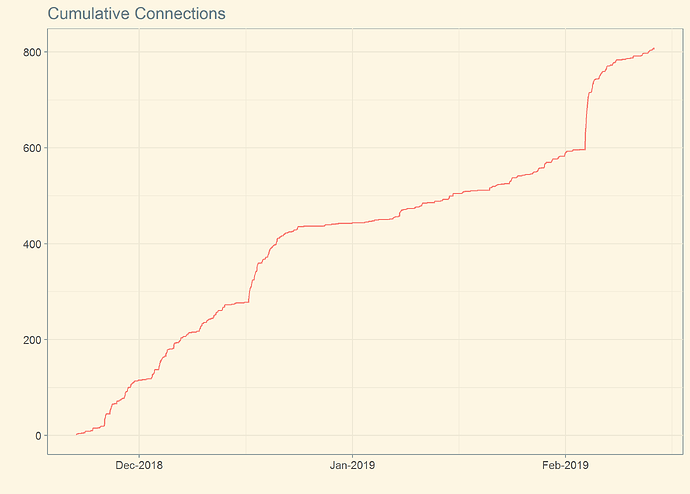The Pasture Potential Tool
Thank you for the opportunity to enter our Pasture Potential Tool in the 2019 RStudio Shiny Contest!
- Link to the Pasture Potential Tool on Shinyapps.io
- Link to the Pasture Potential Tool on RStudio Cloud
- Link to the Pasture Potential Tool as deployed on www.dairynz.co.nz
The purpose of the tool
The Pasture Potential Tool was developed to motivate farmers to increase the proportion of pasture (including crops grown on farm) in their cows' diet. Purchasing feed from off-farm has been shown to be less profitable than feeding pasture alone, and also increases nutrient losses to the environment. However farmers are often not aware that, by improving pasture management or fertilisation, they could grow more pasture on their farm.
The tool allows a farmer to select similar farms from the farm database DairyBase, and compare pasture and crop grown on these farms for a given year (expressed as tonnes of dry matter, tDM).
How it works
Data selection is interactive, and uses a zoomable Google Maps leaflet (including a search bar) to pinpoint the user's location. The density of available data is shown using an overlaid heatmap.
leaflet(spgons, options=leafletOptions(minZoom=v$minzoom, maxZoom=v$maxzoom)) %>%
setView(v$long, v$lat, zoom=v$zoom) %>%
addTiles() %>% # default map
addPolygons(data=spgons, color=spgon_cols, weight=0, options=pathOptions(clickable=FALSE)) %>%
addMarkers(my$long, my$lat, "layer1", options=pathOptions(clickable=FALSE)) %>%
addCircles(my$long, my$lat, layerId=as.character(windows), radius=windows*1000,
color=window_cols, weight=4, fill=NA, options=pathOptions(clickable=FALSE))
A series of linked selectInput boxes is used to subset the data by year, altitude, soil order and annual fertiliser. Refreshing the cascade of reactive inputs in response to user selections proved tricky.
Pasture and crop grown for farms in a 20, 40 and 60 km radius is then plotted as a faceted histogram using ggplot. "Pasture Potential" is defined as the 90th percentile of the data. This is estimated using quantreg and superimposed on the histogram (along with the bootstrap 95% confidence interval of the estimate).
# calculate quantile
qr1 <- quantreg::rq(formula=pasture_eaten ~ 1, tau=0.9, data=data_window) # linear quantile regression
se_method <- "boot" # how confidence intervals are calculated, some methods more robust
yqr1<- predict(qr1, tibble(east=my$east, north=my$north), interval="confidence", level=0.95, se=se_method)
q90 <- quantile(data_window$pasture_eaten, 0.9, type=1) # also calc simple q90
Usage so far
Usage metrics are obtained with rsconnect and show that the tool has been accessed more than 800 times in since it went live in November 2018. There are approximately 10000 dairy farms in New Zealand.
# http://docs.rstudio.com/shinyapps.io/metrics.html#ApplicationMetrics
df <- rsconnect::showMetrics("container_status",
c("connect_count",
"connect_procs"),
appName="pasture_embed",
server="shinyapps.io",
from="12w",
interval="1m"
)
